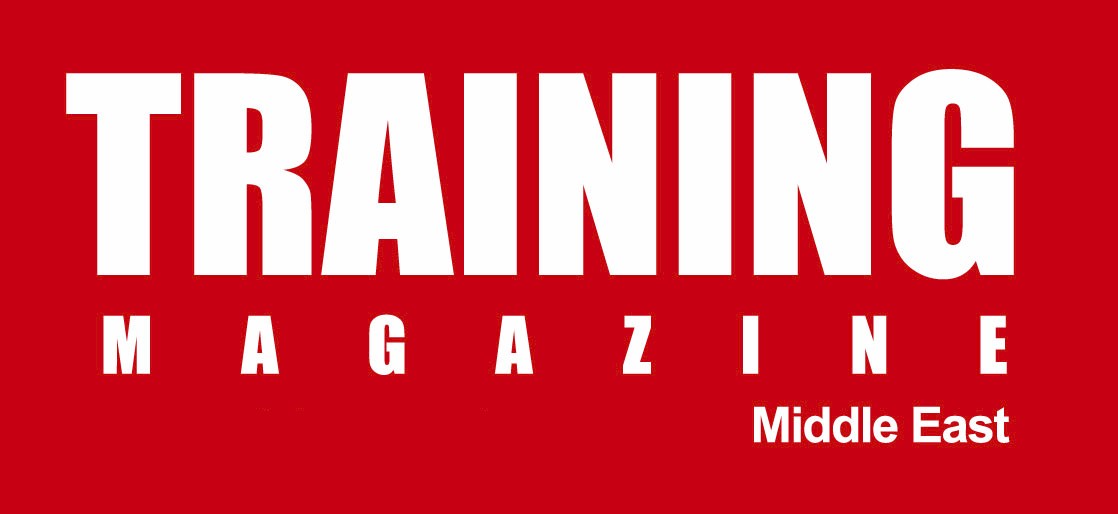About 4 years ago I was tasked with implementing training evaluation into the organisation I was working with. The training teams (and there are many in this organisation!) would be quite content to use “happy sheets” and knowledge tests as evaluations of training however, when the question “how do you demonstrate your value?” was asked – they would be unable to provide the deeper evaluation which shows effectiveness or value.
The key to implementing an effective training evaluation programme has nothing to do with evaluation models.
Now I’ve said that, let me retract the statement slightly. It’s important to choose the model which best suits your purpose and the culture of your organisation. This forms the basis of your evaluation process. However, when it comes to implementing the programme this requires a different process.
It requires an approach which does more than communicating “this is what evaluation is” (the option most organisations take when implementing evaluation).
It requires a project plan particular to the implementation, and one which identifies and meets the needs of the key stakeholders.
The process we followed was as follows. This may not work for everyone. It did for us, and changed the way the organisation perceived and valued training, worked with the training teams, and understood their own part in the training process.
Identify Sponsor
Identifying your sponsor, building the relationship with them, educating them and finding their key requirements will build real support for the project. Finding the sponsor at the highest level in the organisation will add the weight of position which will also help immensely.
Define Stakeholder’s Requirements
Once you’ve worked with the sponsor to identify their requirements, you’ll be aware of whom the key stakeholders are. These will likely come from the management structure of the organisation and be the people the training team undertake their needs analysis discussions with. They will likely be the budget holders and responsible for the development of their people. Their requirements may differ from the sponsors’ and it is important to find a point of agreement in requirements before moving the project forward.
Research Options
Probably the easiest part! The important thing is to consider all evaluation process options. What works well for others? Do you look externally for development of the process or are the tools in house?
Design the Process
This was one of the most interesting phases for us. There was an assumption we would adopt the Kirkpatrick’s model, however we ended up with an amalgamation of several models which have yielded excellent results. Ensure the solution you cerate matches the Sponsor and Stakeholder requirements otherwise your support will reduce dramatically!
Sign off with Sponsor
This stage should ensure their support, and simultaneously their agreement to be part of the communication plan.
Design and Implementation of the Communication Plan
Whilst designing the process was the most interesting phase, this was undoubtedly the most crucial phase of the project.
Having the support first of the Stakeholders, then of all management, ensured an effective implementation of the programme. One of the key parts of the communication plan was using Broad and Newstrom’s transfer of Learning Matrix to demonstrate the real value of management involvement in the training process.
Train the Trainers and Pilot the Evaluation Process
Evaluating training is not as simple as knowing the evaluation process. Sometimes there’s an assumption that trainers know how to manage stakeholders, especially those in senior positions, and have an understanding of the key metrics which drive their business, and against which true evaluation should happen. We developed a comprehensive programme of development for trainers to build knowledge, confidence and enthusiasm for the programme.
Once the development had been undertaken the programme was piloted on a medium sized training event where evaluation could be undertaken rapidly.
Sign Off with Stakeholders
There were two sign off periods in the project with the Stakeholders. The first was directly after the training pilot to confirm the “lower level” evaluation processes, the second after 3 months to sign off the “higher level” evaluation processes. Implementation was not, however delayed after the first sign off, which was key to the rapid implementation of the project.
Implement and Evaluate the Process
The final parts need little explanation. Setting key dates for implementation is key, as is a regular review and evaluation of the process involving all parties.
I’ve used this strategy since in several organisations to implement or increase the effectiveness of their training evaluation.

